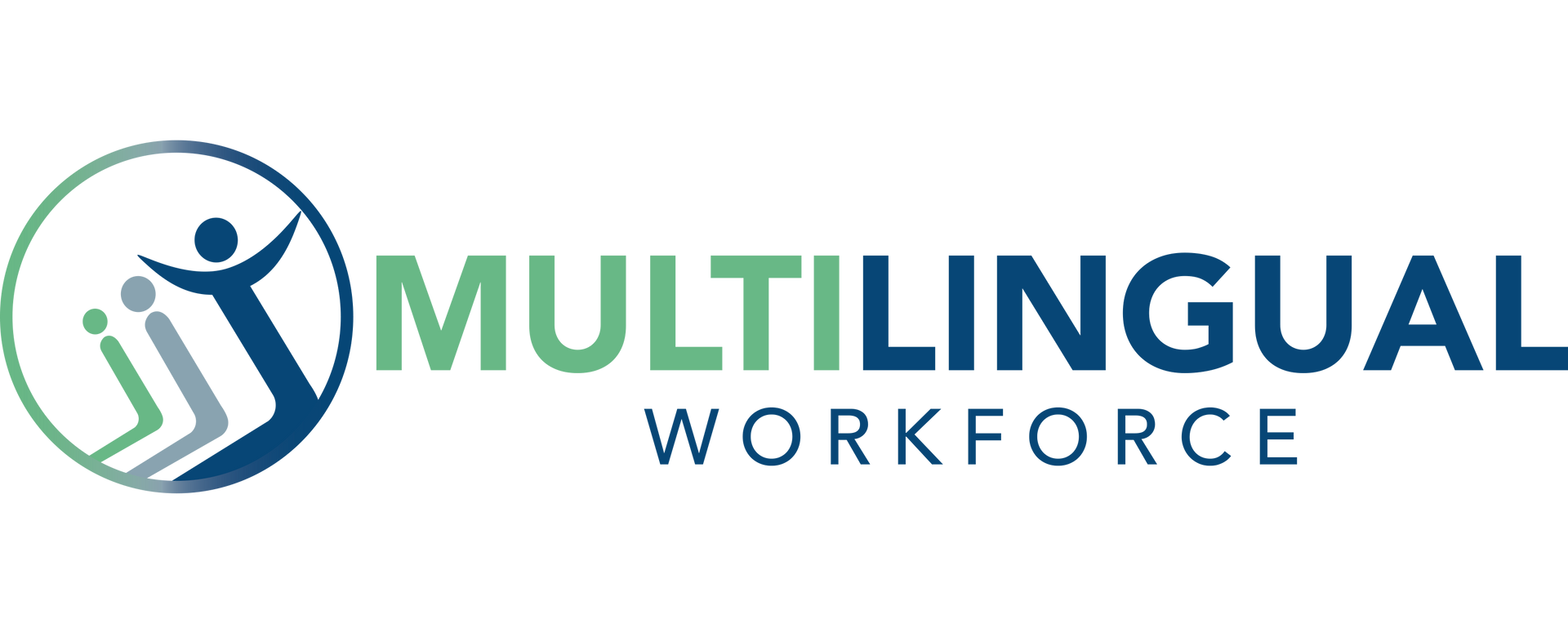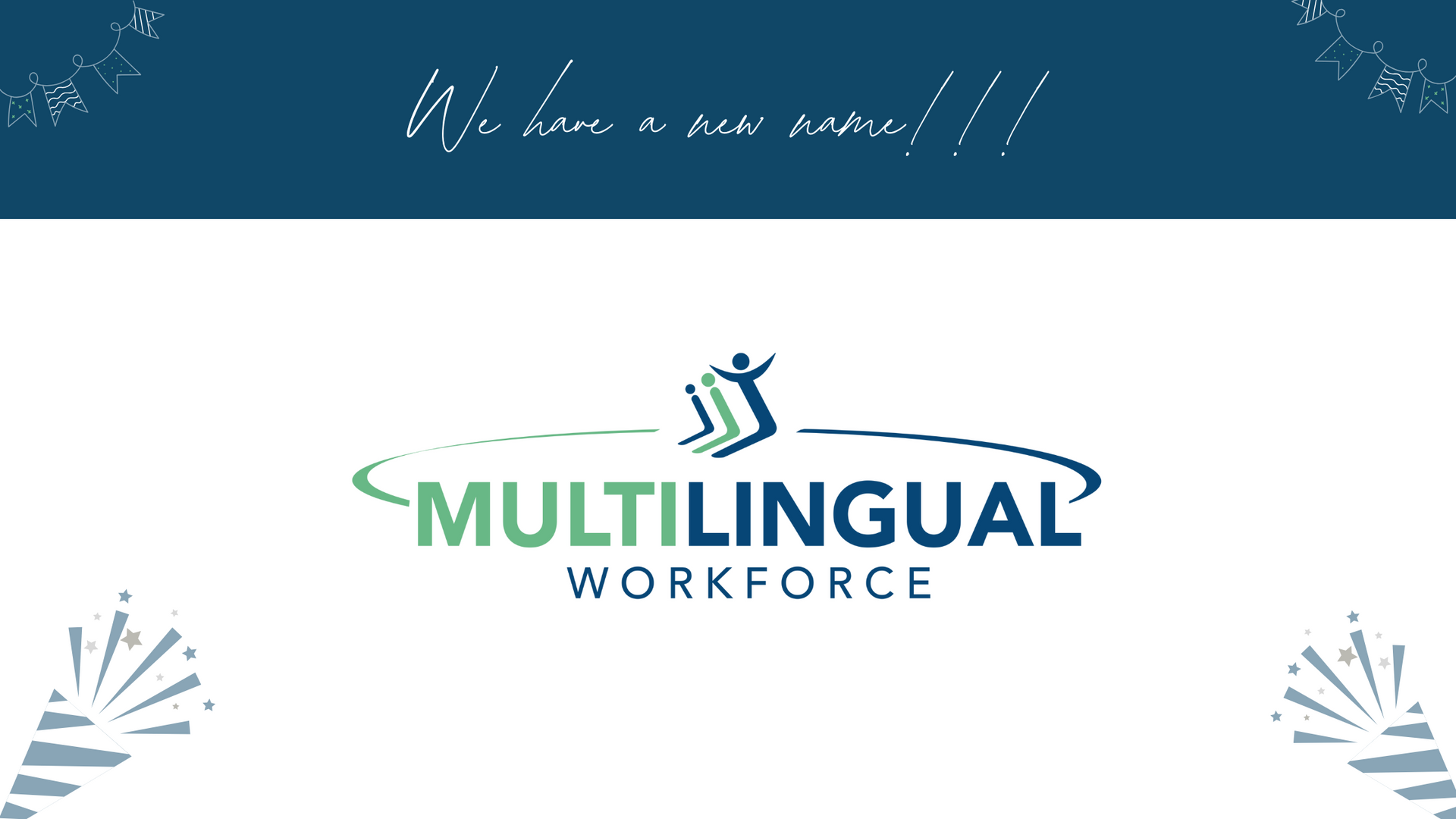Language Solutions: Translation or Training?
If you’ve hired someone who doesn’t speak English well, you’ve probably thought about translation. You may have hired a bilingual supervisor to support that employee. Or maybe you’ve relied on another employee who was bilingual. You may have utilized Google Translate or another form of translation. Either way, translation is probably where your mind went to solve the language barrier challenge.
However, there are limitations to translation. While many companies view translation as their only option for dealing with language barriers, it’s actually not the only option. In fact, it’s not the best option in most situations, and it’s a short-term solution to the challenge.
Relying heavily on translation in the workplace can lead to several limitations:
- Dependency: Employees may become overly reliant on translation, hindering their ability to improve their English skills. Supervisors may also rely on translation instead of trying to communicate in other ways that would support language learning. When employees and leaders rely on translation, they lack confidence and skills to communicate if translation is not available.
- Inaccuracy: Translation devices are not always accurate, although many assume they are accurate. This can result in misunderstandings and confusion among employees.
- Division: Companies may feel it is helpful to have separate meetings for different language groups since they are using translation services, or they will translate all communication but will deliver it differently to the various language groups. This can create division rather than foster unity and collaboration.
- Impact on Culture: Overuse of translation can negatively affect company culture by creating barriers instead of promoting connections among employees. If employees don’t feel comfortable communicating across language barriers, they will eat lunch and take breaks only with those who speak the same language they do.
Because translation is sometimes seen as the only option, companies often consider training their supervisors to speak a second language so they can communicate with employees who don’t speak English. Teaching supervisors a second language or hiring bilingual leadership can be helpful, but employers should be aware that these options provide limited support to employees learning English as a second language.
- Supervisors learning a second language may learn the language slowly because the language is not used outside of work, limiting the supervisors’ opportunities to practice the language.
- If supervisors do not have any previous knowledge of or exposure to the language they are learning, it can take a long time to reach fluency.
- Limiting leadership to one specific second language - such as Spanish - can exclude other language groups.
Is it a bad idea to teach another language to supervisors or utilize translation? Absolutely not! Utilizing translation or bilingual supervisors or employees is sometimes the quickest, fastest way to understand what someone is saying; however, it’s important to understand that there are limitations. For example, you can translate all of your safety training, but if an employee doesn’t know the words in English, they may not understand if someone yells out a warning to them in English.
So what is the right approach?
At Workplace Talent Solutions, we understand that utilizing one language in the workplace is not only beneficial but essential to maintain clear, consistent communication, sustain positive company culture and employee relationships, and continue the growth of the company and the growth of employees.
It’s crucial for a company to use one language in the workplace as much as possible. Encouraging everyone to use one language at work promotes clarity and unity.
It is crucial that in your company, each employee is working towards communicating effectively in English. This doesn’t mean employees can never speak in their native language. However, it does mean that you should be encouraging them and providing them with opportunities to use English and build their English skills.
Helping employees learn English is often one of the most effective and efficient ways of dealing with the language barrier, and it’s also a long-term solution to the problem. Employees learning English often learn the language quickly because they have many opportunities to practice - within the workplace and outside of it. Employees may also know some English from school or other experiences. Additionally, employees are highly motivated to learn English because it will benefit their lives not only at work but also with their families and their communities.
This approach requires training for all employees. Offering English classes for employees helps them improve their skills, and equipping supervisors with tools to encourage English use helps create a supportive workplace.
Investing in English language classes for employees and teaching supervisors how to promote English usage is the best way to overcome language barriers in the workplace.
At Workplace Talent Solutions, we believe that the investment in building English language skills pays for itself. We offer
Workplace ESL classes for employees. We also offer a
Bridging Language Barriers training for supervisors and leaders that teaches them the strategies needed to successfully communicate in English with someone who doesn’t speak English. This training shows leaders how to use opportunities they have every day to help employees build their language skills.
Building language skills instead of relying on translation takes time and effort, but it's essential for clear communication and an environment where all feel appreciated and valued.
Connect with us today to learn more about the training we offer. Reach out to us at
contact@workplacetealentsolutions.com or 484.228.1945.












